![]() It has been a little while since I last put pen to paper. I was then in Western Australia, this time I am in North Western Queensland at Barkly Downs cattle station. Barkly Downs is a large cattle station, owned by the Australian company, ACC. To be able to come out onto large cattle stations of this nature is an extraordinary experience. Words do not do justice to the size, scale, the great people and hospitality of all involved here at Barkly.
It has been a little while since I last put pen to paper. I was then in Western Australia, this time I am in North Western Queensland at Barkly Downs cattle station. Barkly Downs is a large cattle station, owned by the Australian company, ACC. To be able to come out onto large cattle stations of this nature is an extraordinary experience. Words do not do justice to the size, scale, the great people and hospitality of all involved here at Barkly.
At home, it has been busy with stock work and outside horses, plus a home course. This continues to be the case for May and June. It has been a wet year, and thankfully without major flooding. We are very grateful for the rain, and thankful to not have incurred stock losses or property damage.
Towards the end of July, I travel back into the U.K. for an August schedule. Hopefully the weather will be kind .
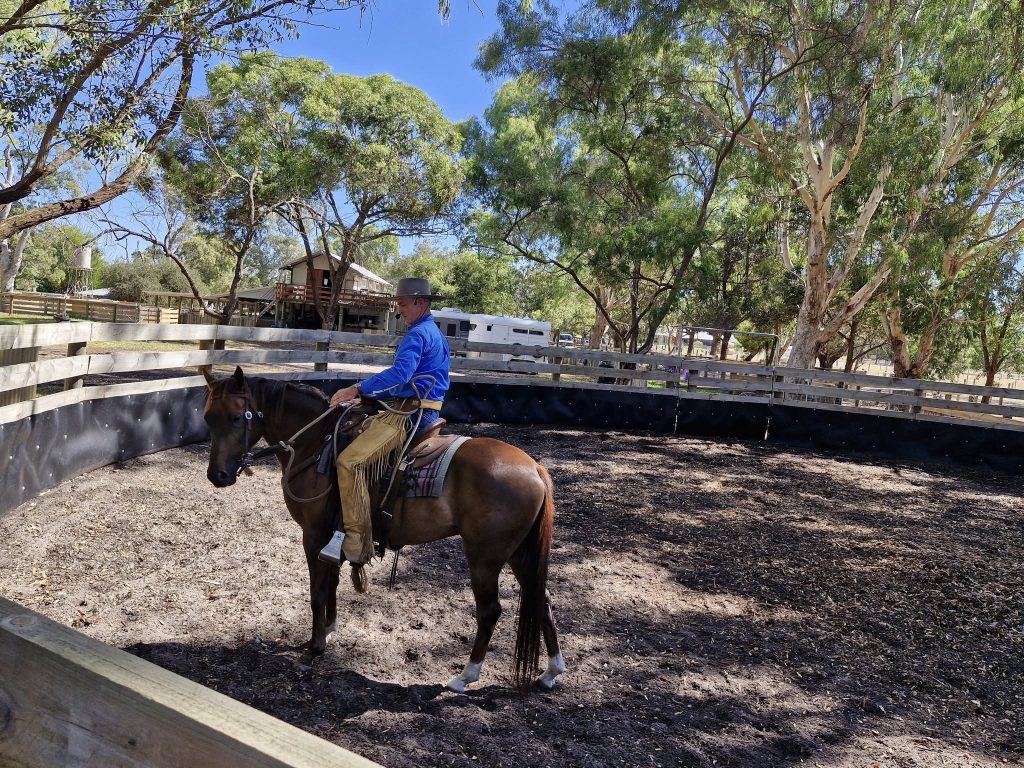
![]() With these articles it is sometimes a little challenging to know what to write, that is going to be helpful to those reading.
With these articles it is sometimes a little challenging to know what to write, that is going to be helpful to those reading.
In a recent conversation late in the afternoon and with daylight fading. I was reflecting, and trying to find words to encourage a small group of riders that had just finished a 3 day young horse course. This course was quite diverse and included starting horses under saddle, handling foals, plus some slightly older ridden horses. Everyone had done very well and it had been a really good 3 days with great outcomes for all. I have tried to write a version of that conversation here.
![]() The horsemanship path, can at times be a lonely path, where it is just you and your horse. There is nobody to take photos or video, no one to tell you that you are doing well or encourage you. It is just you and your horse.
The horsemanship path, can at times be a lonely path, where it is just you and your horse. There is nobody to take photos or video, no one to tell you that you are doing well or encourage you. It is just you and your horse.
There will be times of despair and am I doing the right thing or otherwise. There will also be those times when it starts to fall into place. The words, cliches and sayings that your teachers, mentors constantly said to you. That you first listened to intently and could recite in a heartbeat, start to have meaning, with time they become your words.
Flexion means more to you, than just bending your horses head around, even though you will still check your horse out on it. The quality of what you are offering your horse is more important than just going through a series of check list exercises and ticking boxes. You are feeling for your horse both on the ground and when you ride. While having your horse jump a jump or work a cow or just ride down the road is still important. You are thoughtful, considerate, understanding of your presentation and preparation and of your horses needs.
Everyone is on their own road and in those moments where things fall into place, even if it was only briefly and your horse feels right on. Those times are what make those days that are long and or challenging times worth it. It is your horse giving you feedback and saying your good.
Money cannot buy the above, you have to do the homework and gain experience to give you perspective and judgment. The horsemanship road is not all about technique, when starting off, you may need to have some ground and ridden skills to stay safe. Your attitude and having a good heart is equally important.
Safe Travels to all.
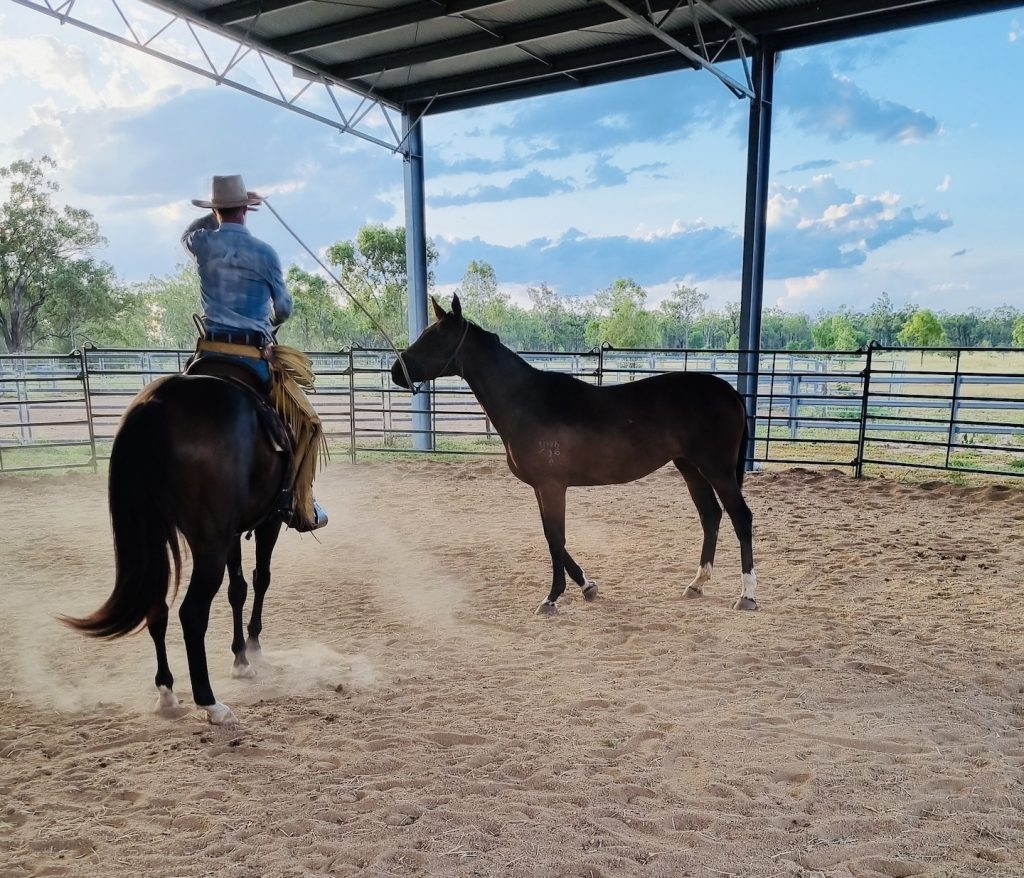
Online Course – The Start
The online course – The Start; is exactly that, it is designed to get you started. There is 4 videos with 2 hours and 40 minutes of video content. The videos include ground and ridden work. In addition there is also a trailer loading, plus a saddling and bridling video. The lessons and notes associated with each of the videos I trust all will find useful.
While this course may not replace attending one with your horse. We sincerely hope that this online course provides information to all that are wishing to progress in the pursuit of developing a nice saddle horse.
While the information is applicable to young horse starting, this is not a young horse starting course.
You have unlimited access to this course for 12 months

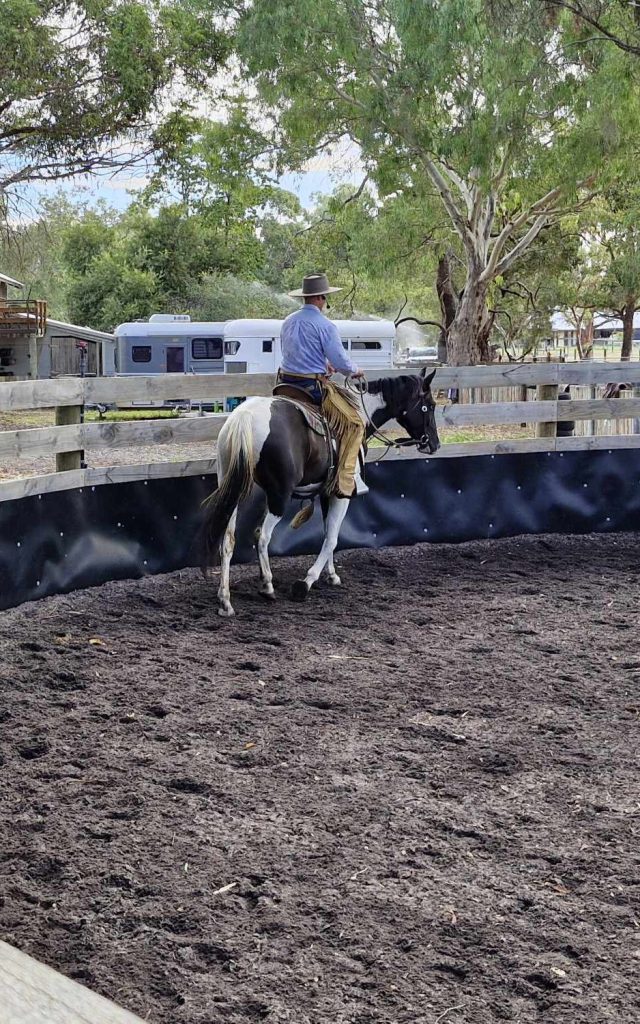
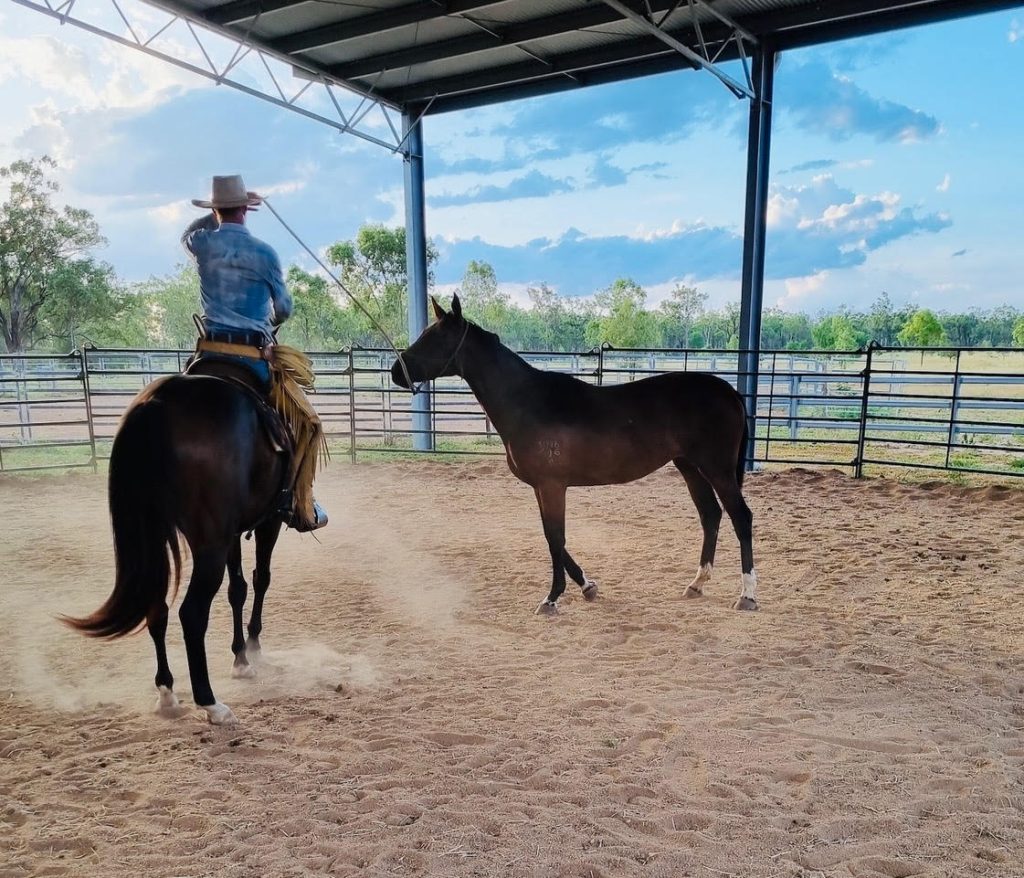
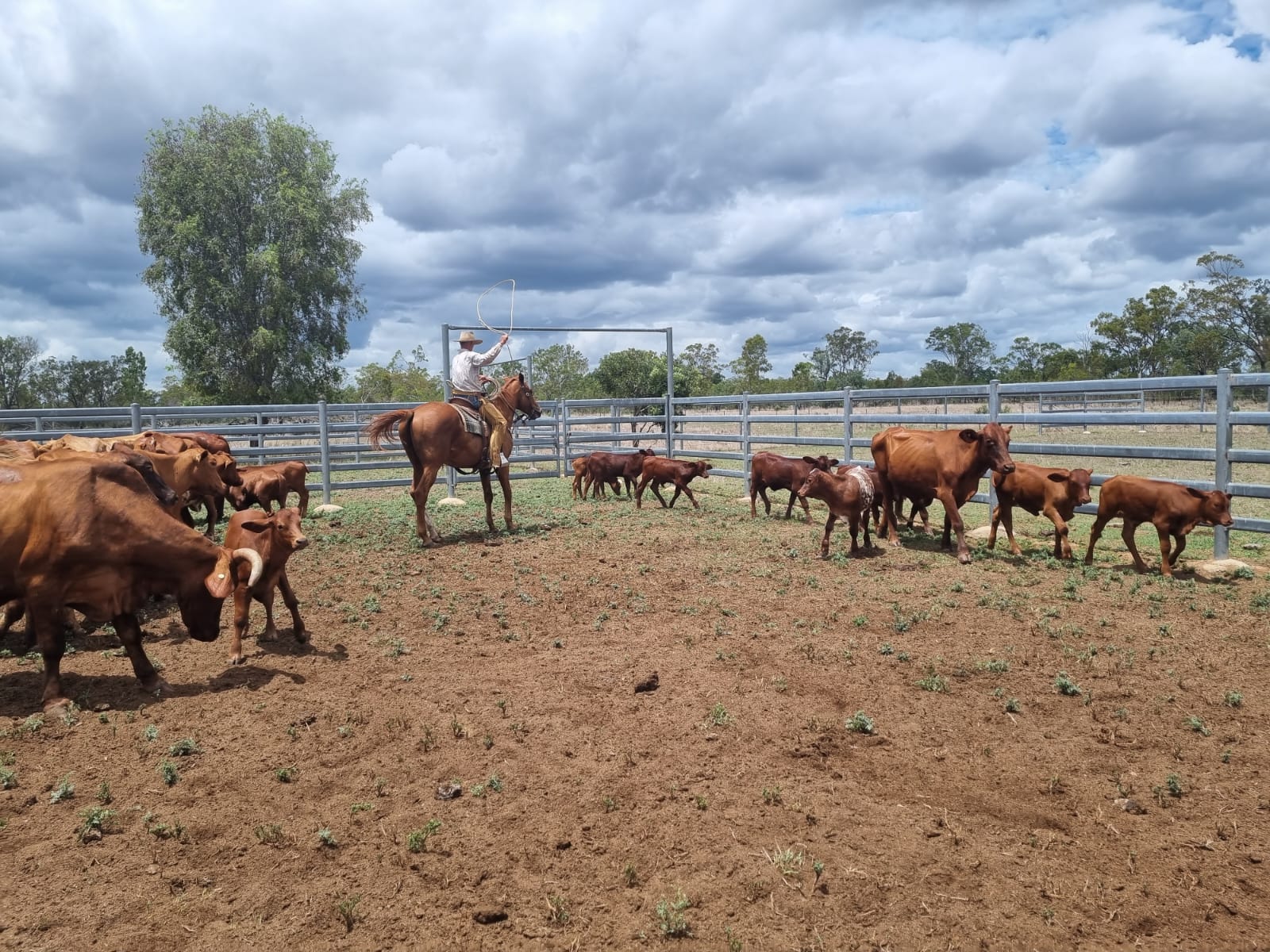
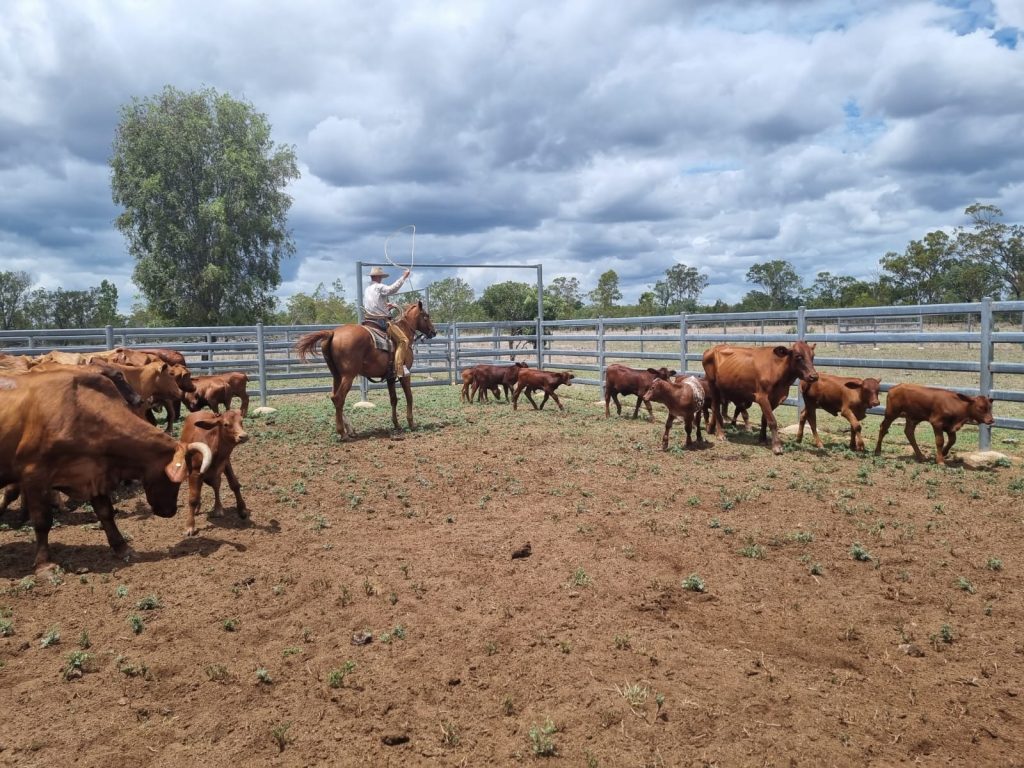
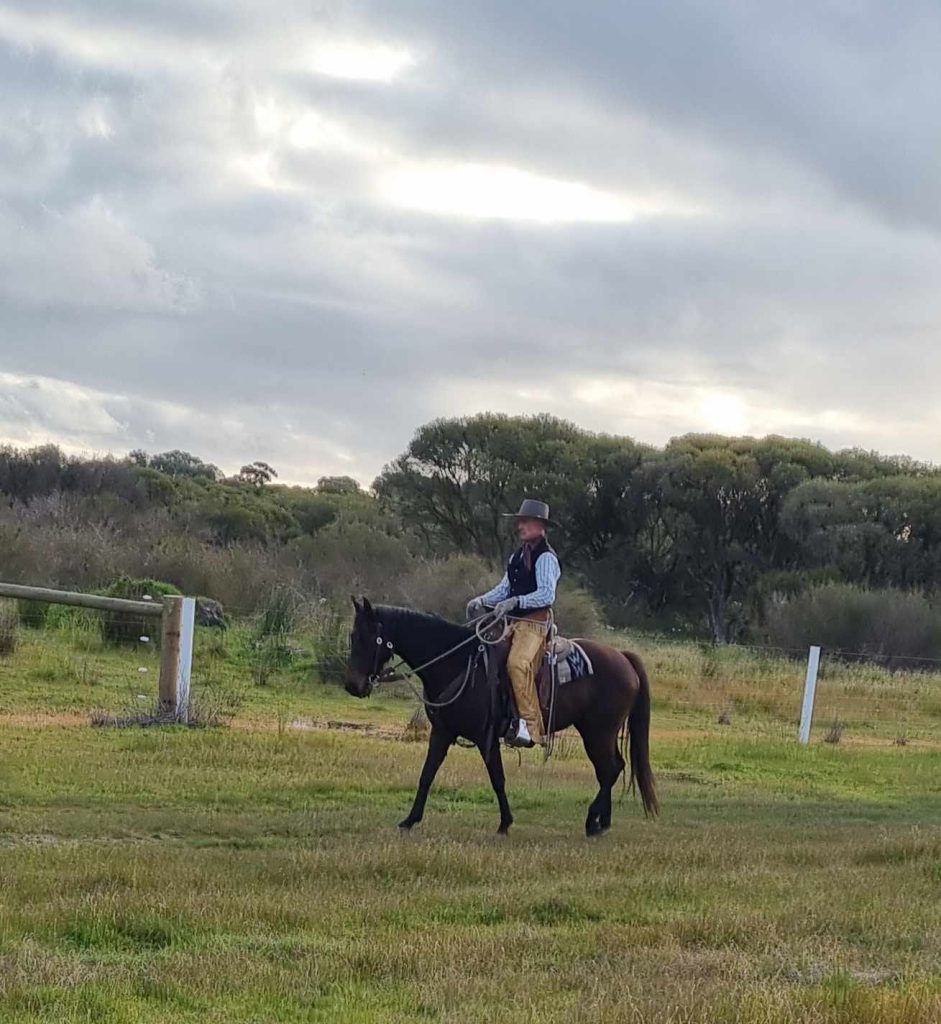
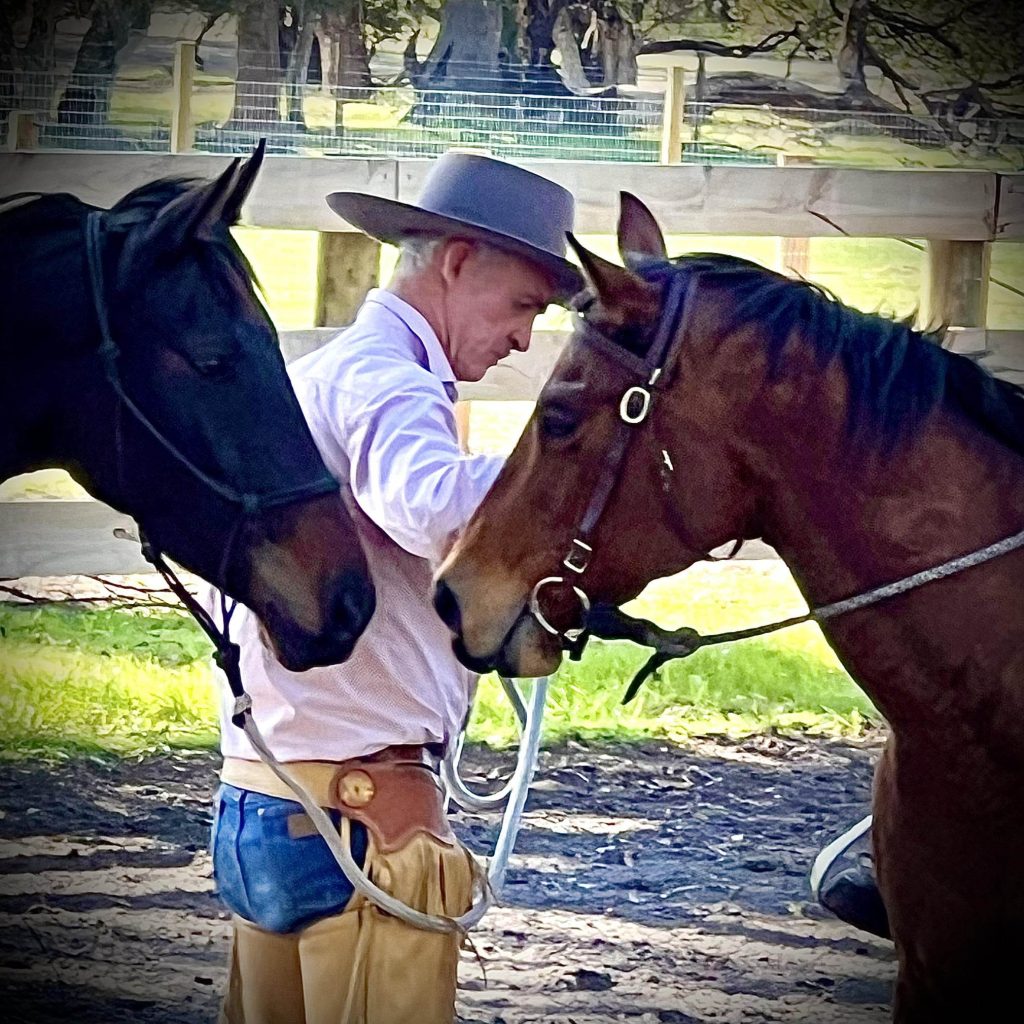
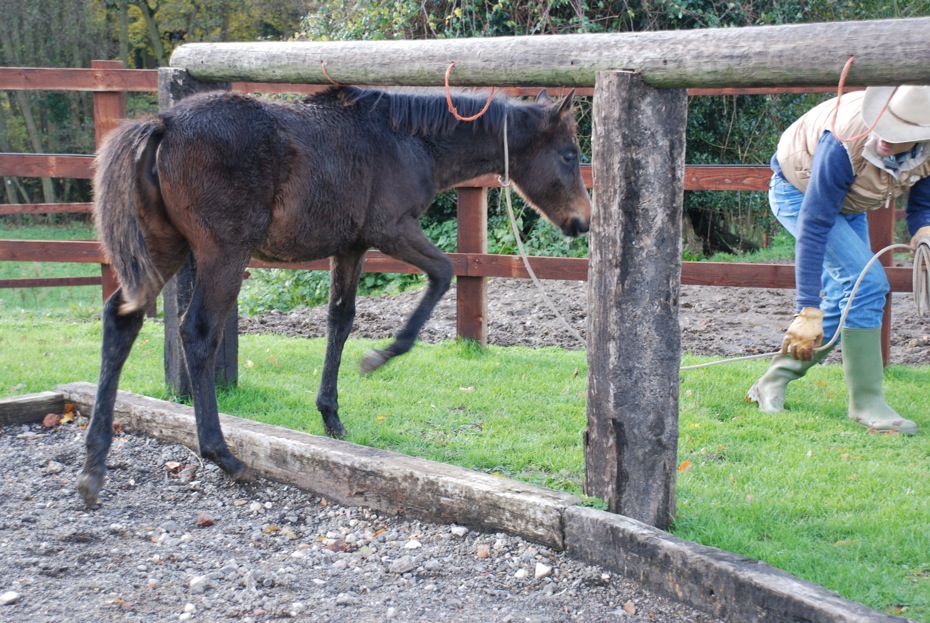
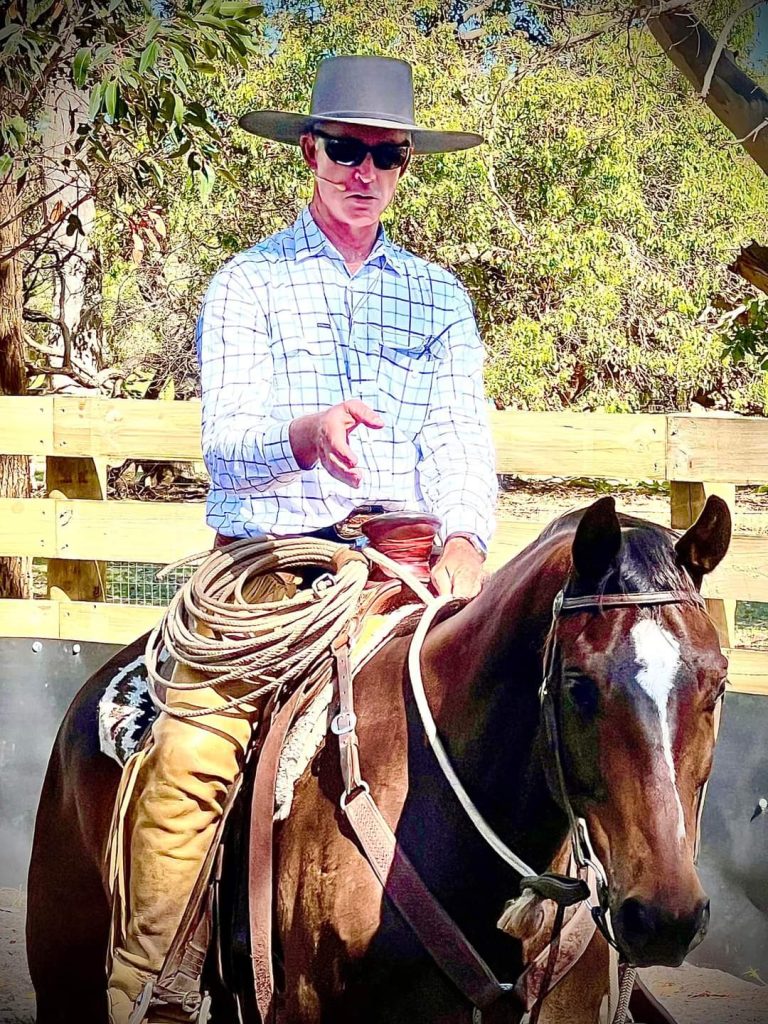
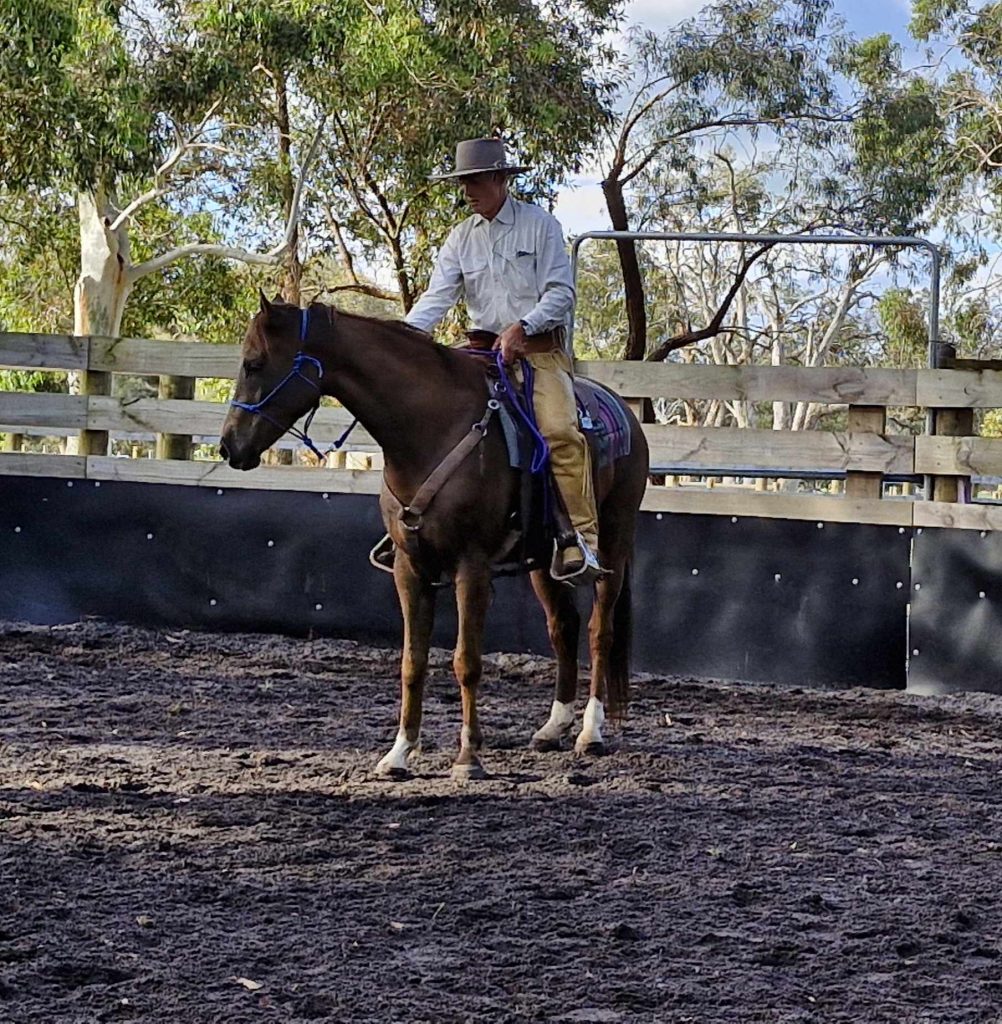
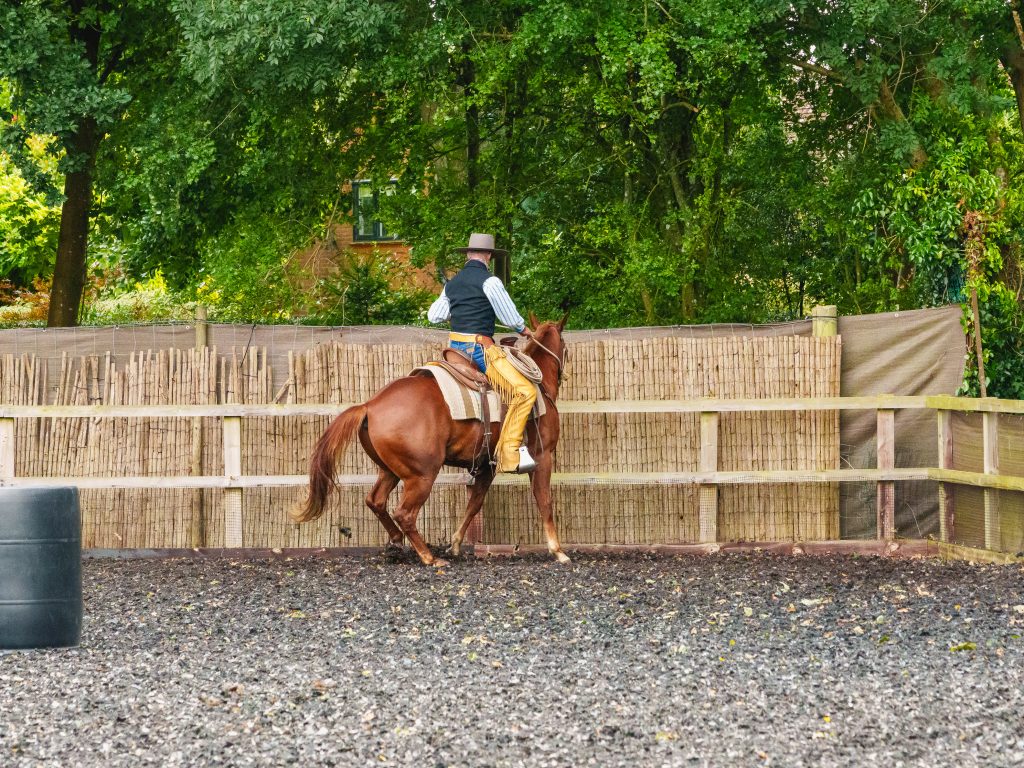
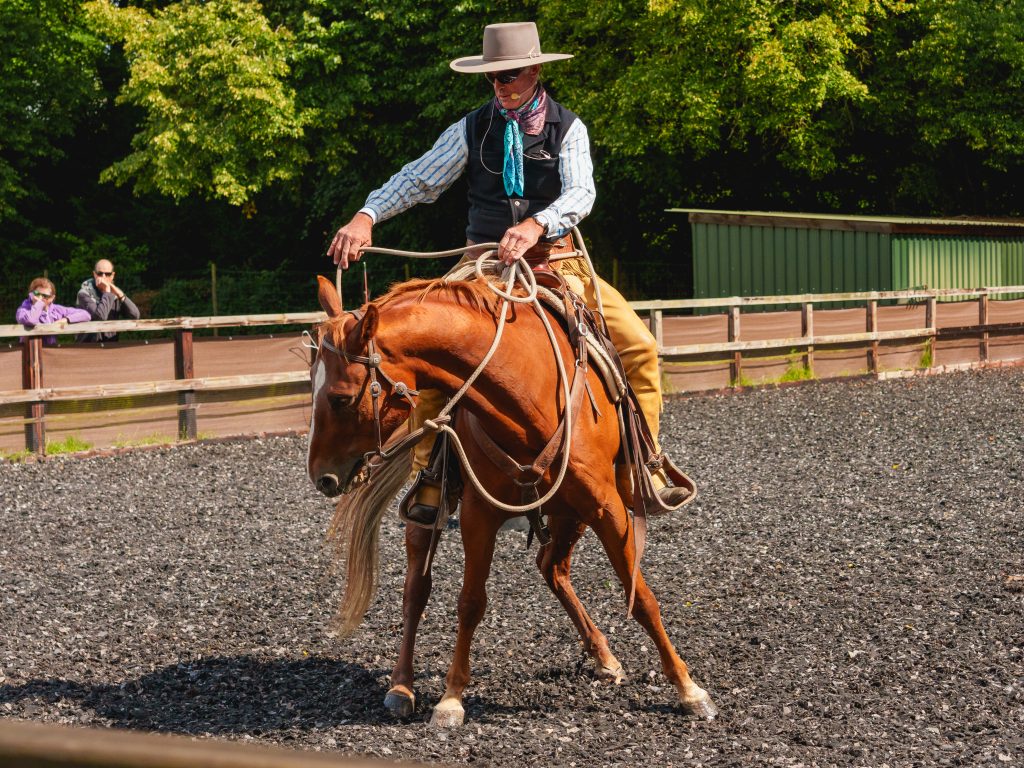
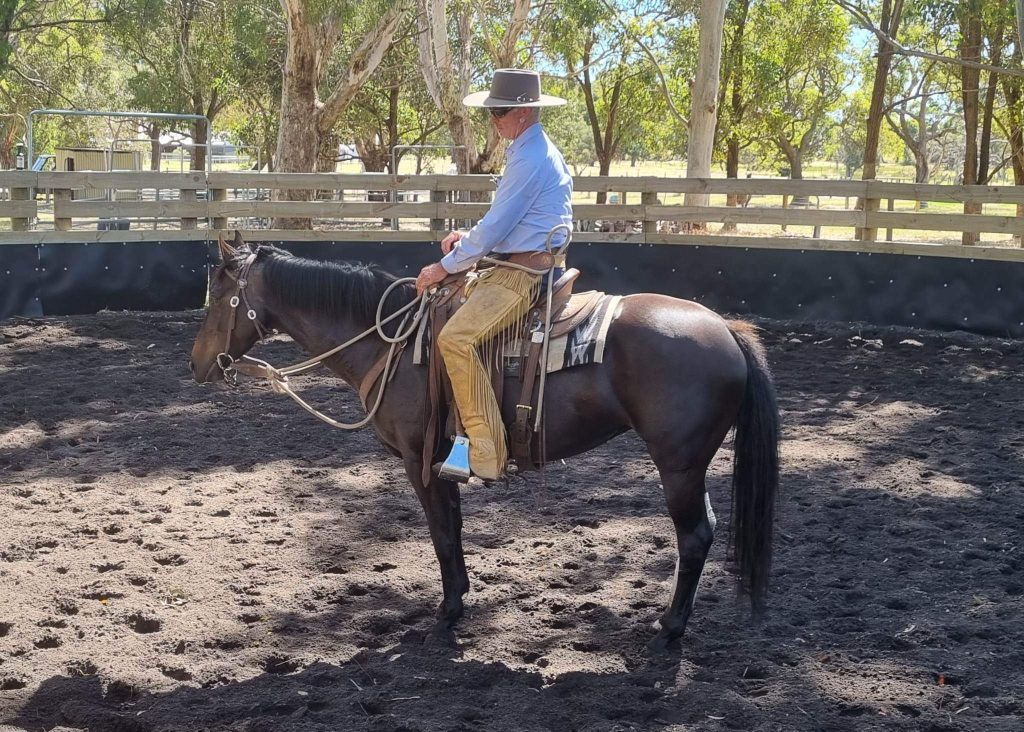
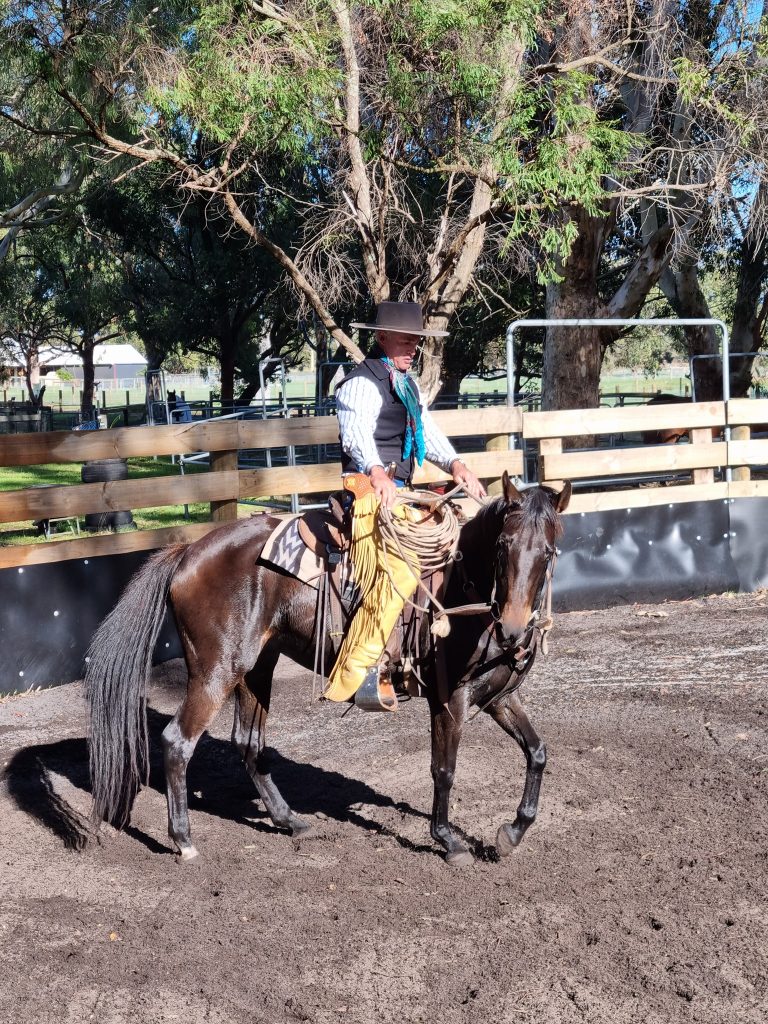
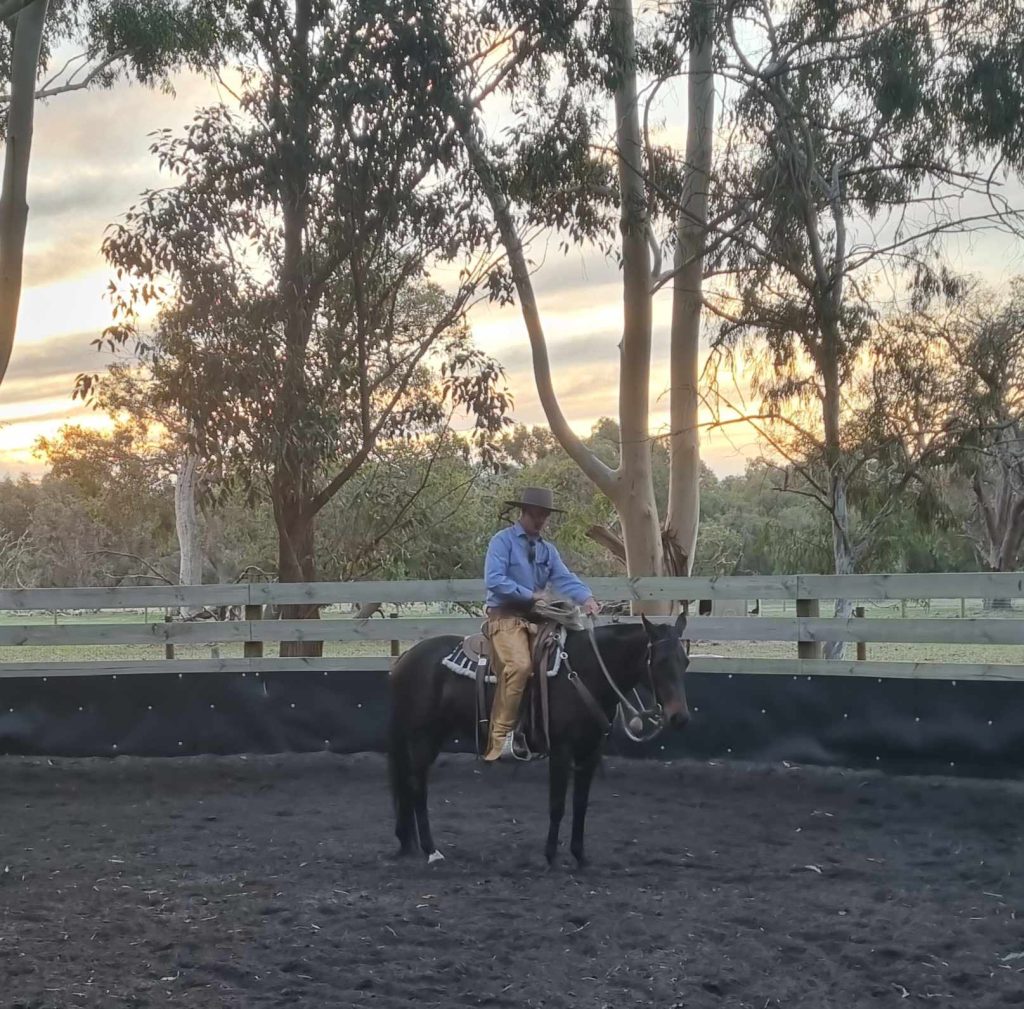
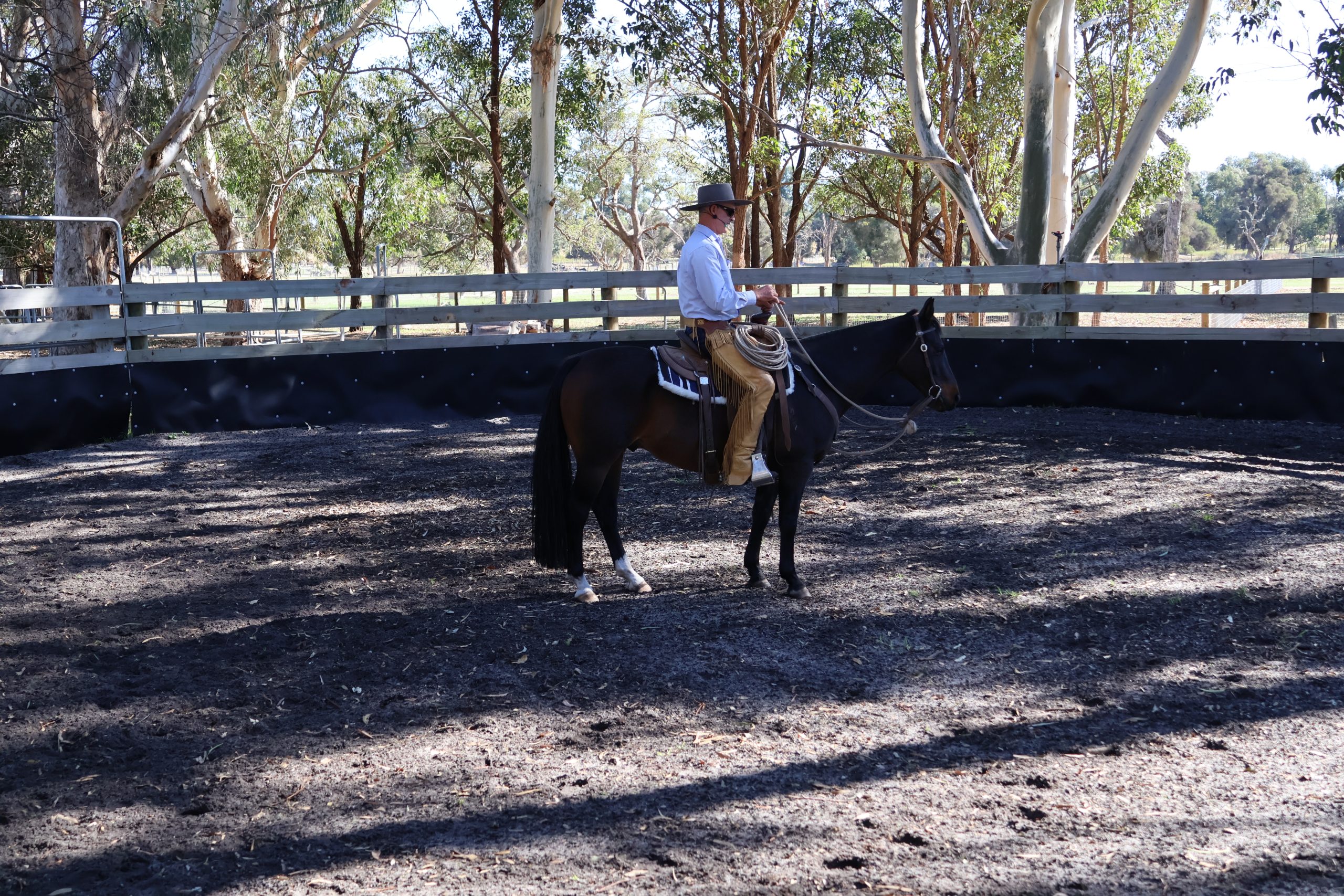
Recent Comments